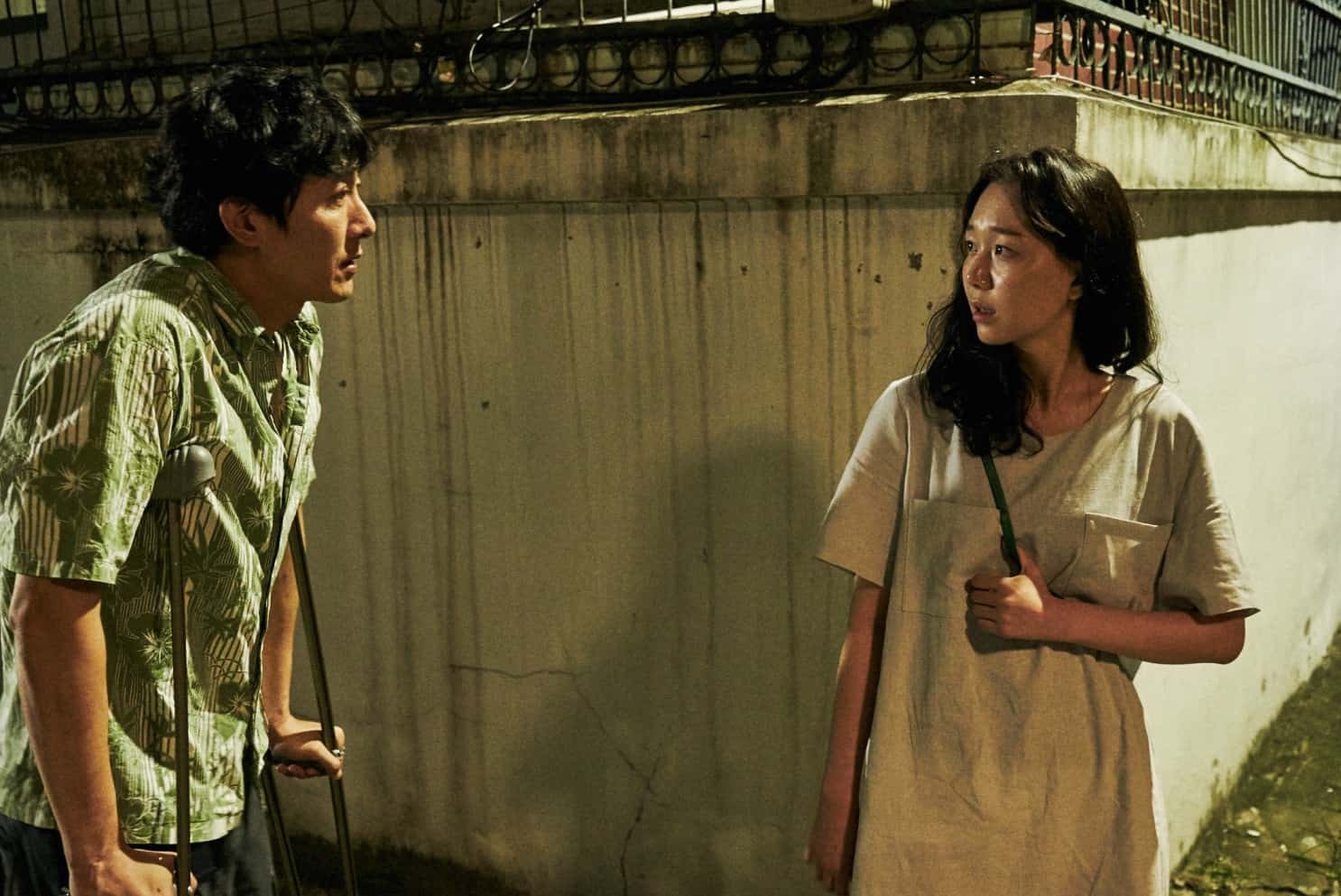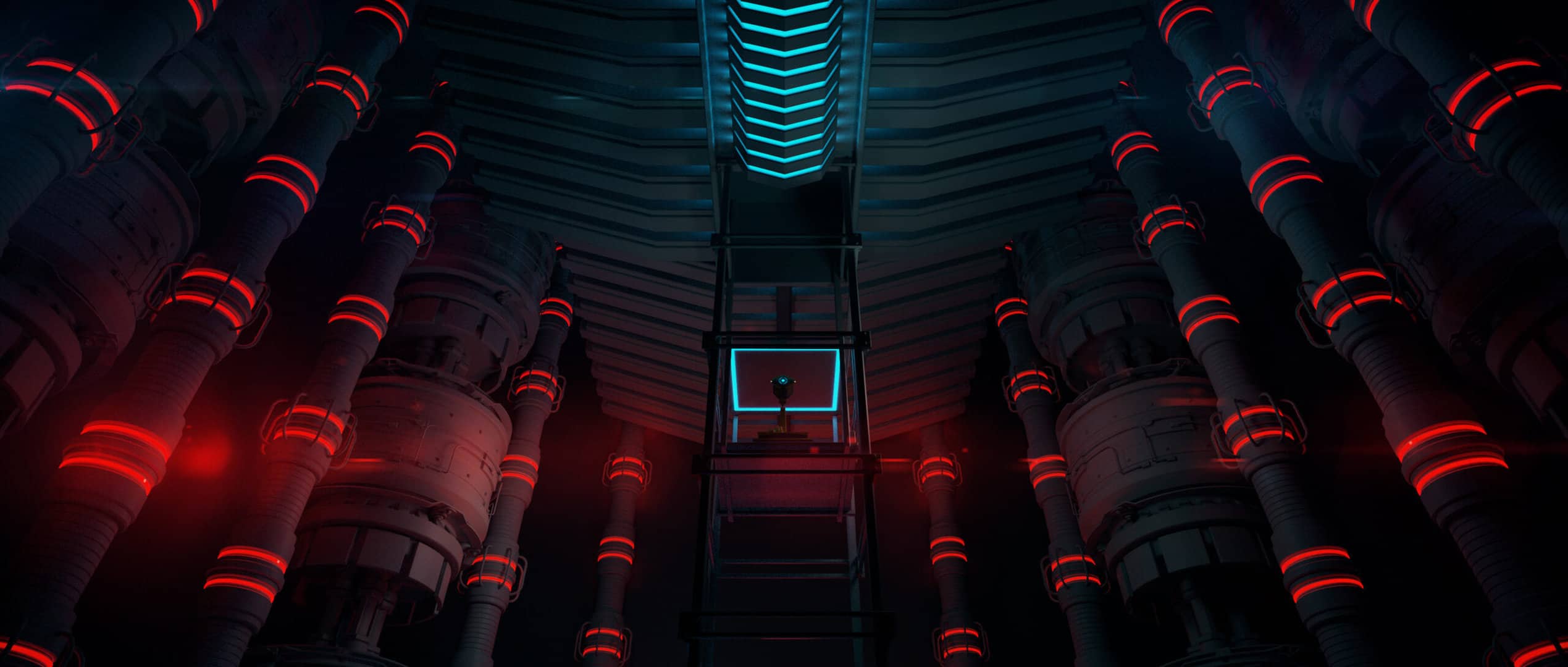Inspired by the award-winning light novel of the same name, which later became a manga, “The Tunnel to Summer, the Exit of Goodbyes” will screen soon in Annecy, before finding its place in the screens of the UK and Ireland from 14th July, courtesy of Anime.Ltd
Tickets are are available now from this link

The series revolves around two high school students, Kaoru and Anzu, who meet up in the rural town the former grew up in, when the latter moves there and joins the same class. Both of them suffer from significant family drama. Kaoru lives with his violent father, who has not managed to get over the death of his daughter, and has become an alcoholic who frequently lashes out at his son. It is during one of those incidents that Kaoru runs away from home and discovers a tunnel with magical properties, which include granting any wish to those who enter, but also moves in a different time frame, as few seconds inside are hours outside. Anzu's both parents have died, and she is essentially making a living for herself, while trying to become a manga artist, just like her grandfather, who pursued his dream until his death, without any particular success. The fact that both youths need something, Kaoru to bring back his sister and Anzu to succeed as mangaka, is what brings them into experimenting with the time frame of the Urashima tunnel. In the process, they start opening up about their feelings and thoughts, eventually coming closer together.
The anime begins in a style that could be described as cliched, with the “sudden girlfriend appearance”, the timid boy, and the inclusion of the supernatural, while some other usual tropes, such as the festival where the girl is dressed in a yukata, are also present. However, “The Tunnel to Summer, the Exit of Goodbyes” is actually an anime that differs significantly from the plethora of seemingly similar titles. For starters, the main focus here is on the deep analysis of the two characters and how their interactions change them for the better, with the presence of the tunnel essentially functioning as a tool, instead of a driving force.
In that fashion, and regarding the two characters, the first thing one will notice is the issues their parents have caused for them. Kaoru's is definitely a mess, frequently ignoring him at best, and being violent with him at his worst, with his attitude being truly despicable on a number of occasions. Anzu's parents are nowhere to be found, and although it is not their fault, when she reveals the way they treated her grandfather, the accusation that seems to permeate the mentality of the two characters, and essentially of the material, comes to the fore quite eloquently.
The way two timid, unsociable characters, with Anzu even becoming violent when bullied, eventually manage to open up to each other and essentially improve themselves and their lives through their interaction, is also quite captivating in its presentation. In that regard, the romance here is grounded and thus realistic, even if quite obvious after a fashion. The way the whole thing ends could raise some eyebrows, but as a whole, definitely makes sense while adding to the entertainment the movie offers.
Lastly, the comment on the world of manga, and how there are about 5000 mangakas already working and even more thousands trying to debut, also sheds a realistic but also bitter light to the concept. The story of Anzu's grandfather adds even more to the whole concept, as much as to the whole dramatic atmosphere that permeates a large part of the title.
The main source of drama here, however, is the presence of the tunnel, and particularly the way its time-consuming properties affect the characters and their lives. As the two explore its “rules” more and more, the way they become more eager to reach its end becomes a rather dangerous game, as the way the time passes in the tunnel can lead them to essentially waste their own life. Furthermore, the way one eventually decides to ignore the danger, and the aftermath of the decision, results in the most dramatic aspect of the movie, and also in a comment regarding how love stands the test of time. Lastly, the general concept of the tunnel can also be perceived as a metaphor, as the people who use it need to sacrifice time in order to get what they want, in a philosophical comment that echoes quite realistically.
Considering the focus is on context here, the artform is not exactly top notch. Tomomi Yabuki's character design is quite generic, to the point that the two protagonists actually look like each other. The rest of the characters appearing add a level of diversity, which is mostly, though, due to their age rather than their drawing. The background drawing also focuses on realism, without any particular exaltation, although some elements, as the manga collection in Anzu's room look very appealing. The same applies to the animation by CLAP, which again focuses on realism, with the almost completely lack of action adding to this sense even more. Where the artform truly thrives, though, is the interior of the tunnel, where the intense red of the trees and the leaves on the floor create a true extravaganza that is bound to stay on the mind of anyone who watches the movie. Lastly, the hypothetical arc, with its different style of coloring, also works quite nicely for the anime, again in terms of diversity.
Despite what we mentioned about cliches in the beginning, “The Tunnel to Summer, the Exit of Goodbyes” is a rather unusual anime, with its dialogue-heavy, grounded on realism approach. Ultimately, this “arthouse” style proves to be highly effective for the film, and it stands out notably due to Tomohisa Taguchi's exceptional direction, which skillfully handles the original material. I dare say that if someone wants a different anime, more focused on context than impression, then they have to look no further.
















